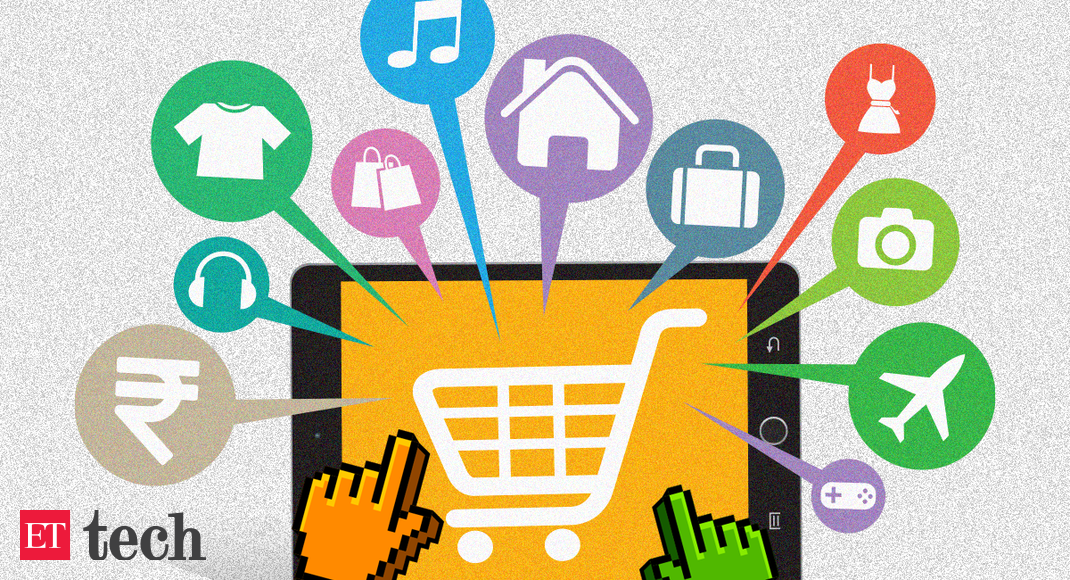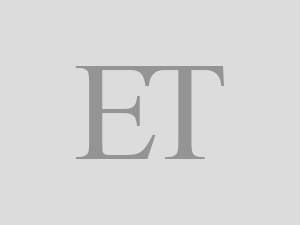SOCIAL
amazon ads: Amazon ads equals a minus for Google, Meta digital marketing reign

Advertisers, especially in categories such as consumer packaged goods as well as DTC (direct-to-consumer) brands, are moving as much as 15-20% of their advertising budget — previously dedicated to Google and Meta — towards the Seattle-based ecommerce giant’s ad tech suite.
In the US, platforms like Apple and TikTok, along with Amazon and Walmart in retail media, have shrunk Google and Meta’s share of digital ad dollars to less than 50% as of last year. With no TikTok back home and a single-digit percentage proliferation of Apple products to boot, Amazon Ads emerges as the single-biggest challenger to the duopoly in India.
In 2020, Amazon launched its global ‘demand-side platform’ (DSP) in India. Through Amazon DSP, advertisers can buy programmatic ads to reach new and existing audiences on and off Amazon. It combines data points from all its different properties, such as Prime Video, Fire TV, Kindle, Alexa, Audible, etc, to provide sharper audience segmentation.
“You can use it to create customer cohorts based on different spending sizes. Programmatic ads also prove more efficient and cost-effective compared to direct advertising/media-buying,” said Anil Pandit, senior vice-president at Publicis Media Services.
Today, five to six of 10 media plans at Publicis Media have some form of Amazon Ads targeting. “In the last year and a half, our clientele’s spending on Amazon Ads has gone up by 8-10x,” Pandit said.
Discover the stories of your interest
 ETtech
ETtechWavemaker, a GroupM company, now has an exclusive offering called Amazon Audience Galaxy, a planning stack for audience segmentation and cross-basket analysis. “For instance, it can give you data on what consumers bought last month across categories, or who are the people buying health products,” said Shekhar Banerjee, chief client officer and office head (west, north and east) at Wavemaker. “Map it out and you can market, say, sugar-free products to them. Refined data reduces noise. That’s a massive advantage and clients are lapping it up.”
With these developments, many industry experts reckon Amazon’s portion of the digital ad pie is likely to grow bigger in the next few years. Some homegrown DTC brands in the beauty and skincare segment are already spending 80% of their digital ad monies on Amazon, these executives added.
ET’s emailed queries to Google and Meta went unanswered. Amazon shared information on background.
How did we get here?
First, Amazon came for Google Search. The pandemic altered shopping habits and, according to a recent Counterpoint Research report, the number of people buying daily necessities online in India continues to grow. Therefore, “marketers realise that the only rival to Google search today is Amazon because people search on that platform with the intention to buy,” said Mayank Shah, senior category head of Parle Products.
While Parle Products doesn’t spend on Amazon Ads yet, a DTC brand it has invested in, called ASAP energy bars (part of WIMWI Foods), allocates ad monies towards Amazon Ads and has got a good response in terms of sales, said Shah. “If you’re a DTC consumer brand or selling inventory on Amazon already, it makes sense to spend on Amazon Ads,” he added.
L’Oréal India started listing its brands on Amazon around 2016-17 and began with display ads. “Slowly, we moved on to spending on search ads, since Amazon is a discovery-driven platform. Their offering has evolved significantly over time,” said Saloni Shah Javeri, chief digital and marketing officer at L’Oréal India. In 2021, the company started exploring Amazon DSP.
“The bulk of advertiser spends on Amazon is on search ads,” said Gautam Mehra, cofounder and chief executive of ProfitWheel, a customer data-led marketing intelligence platform. “90% of ad spend on Amazon is on ‘sponsored’ product ads you see in every category. Folks running these ads are from the e-sales teams. They report to the sales head and not the CMO. So, it’s very retail-led.”
Traditionally, advertisers have used Google and Meta for ‘upper funnel’ marketing that builds brand awareness. But given the economic headwinds and intense competition in consumer goods categories, more and more advertisers today are focusing on lower funnel marketing that is more sales-oriented, yielding short-term results.
Consumer packaged goods that sell more on the marketplace require advertising solutions for the lower funnel, “therefore many of them are cutting budgets from the top funnel and putting them into the mid and lower funnel,” said Banerjee of Wavemaker. “When their marketing budgets go up, the bulk of the incremental money is going towards lower funnel advertising, too.”
Retail media (like Amazon) is able to provide transactional patterns of users, aiding in lower funnel marketing that drives purchases, said Pandit of Publicis Media. “It allows marketers to also close the funnel measurement loop to a large extent as they are able to track spending leading to sales, which is still the biggest challenge for them.”
Given the size of their social and messaging platforms like YouTube and WhatsApp, Google and Meta do provide a whole host of behavioural user data to advertisers. But they lag behind Amazon in providing user’s transactional patterns to advertisers. “Google takes you directly to the product site. Meta offers Instagram checkout in the US but that’s not available in India as yet. If a transaction starts happening on their payment gateways, it’ll close the loop on the transaction,” said Mehra of ProfitWheel.
Going forward, “the ecommerce ecosystem as a whole could be a big threat to Google and Meta because neither of them has a marketplace equivalent,” said Banerjee of Wavemaker. “But you see them coming up with strategies to combat this threat. For instance, Facebook is tying up with smaller marketplaces now to strengthen its media buying offering.”
Homegrown ecommerce companies are also building a programmatic platform like Amazon DSP to grab their share of the ad dollars likely to go towards retail media in the next few years.
That said, not everyone needs to sell on the marketplace either. “So, sectors like realty, auto and BFSI don’t need to spend on Amazon Ads right now,” said Banerjee.
Further, “Amazon offers great consumer shopping signals but not at the scale that a Facebook, WhatsApp or YouTube can provide because of their much higher active user base,” said a digital marketing professional, requesting anonymity. “It’s also cheaper to target a much larger audience through Google and Meta because of their lower media-buying rates.”
Ultimately, “monies will always be deployed depending on a brand and business objectives,” said Javeri of L’Oréal India. “Our loyalties lie with the consumer. When a single platform will drive content discovery to product fulfilment within a native environment giving the best consumer experience, investments will move like this (snaps fingers).”


















